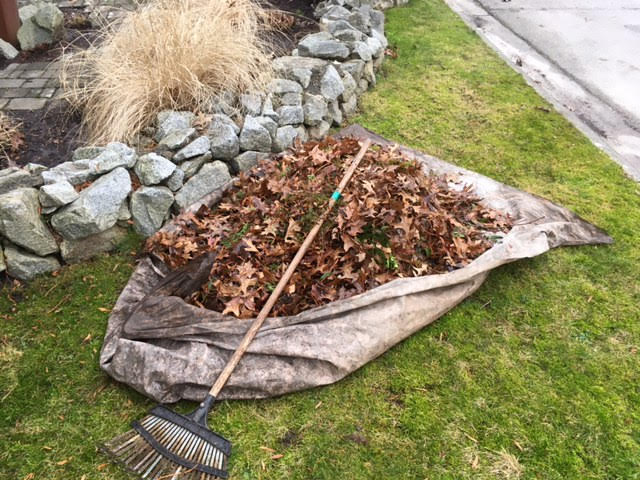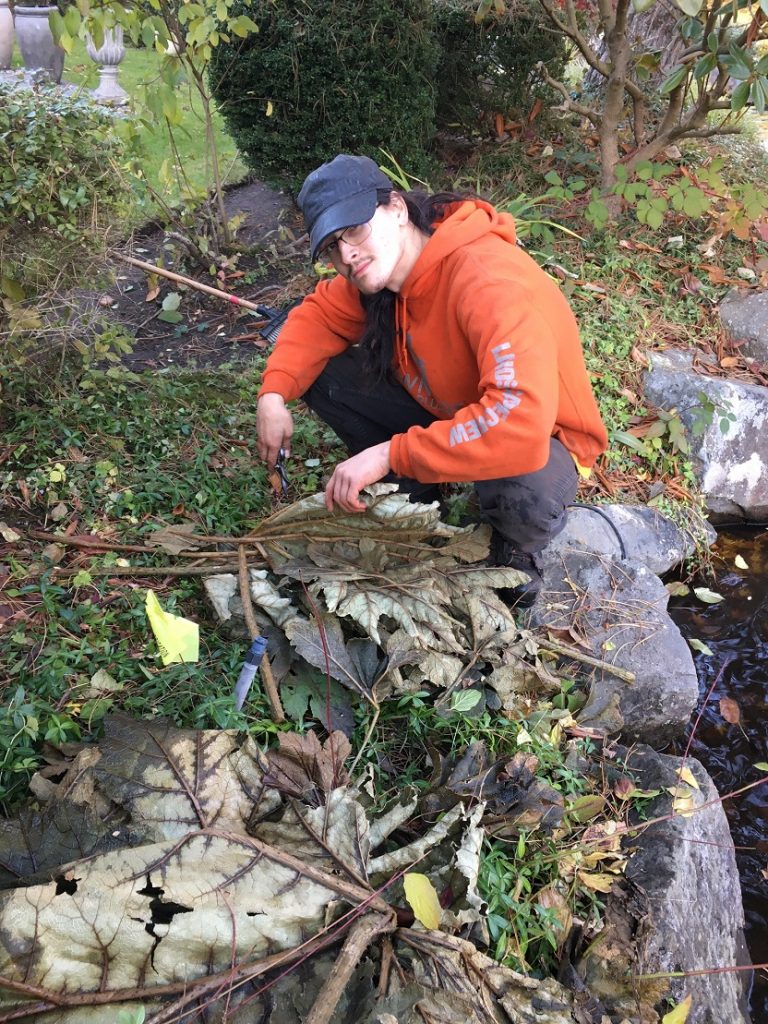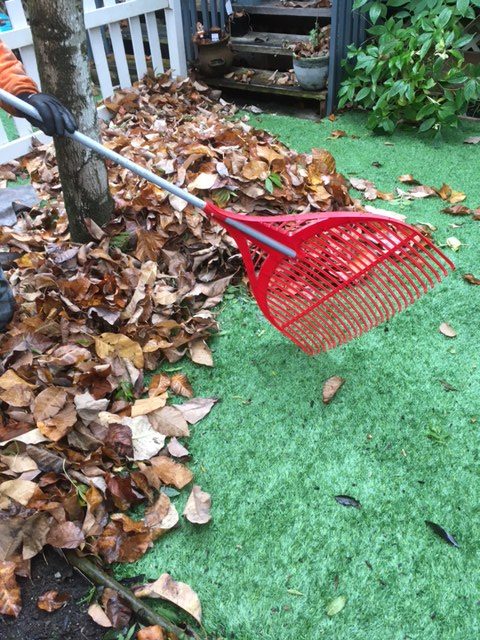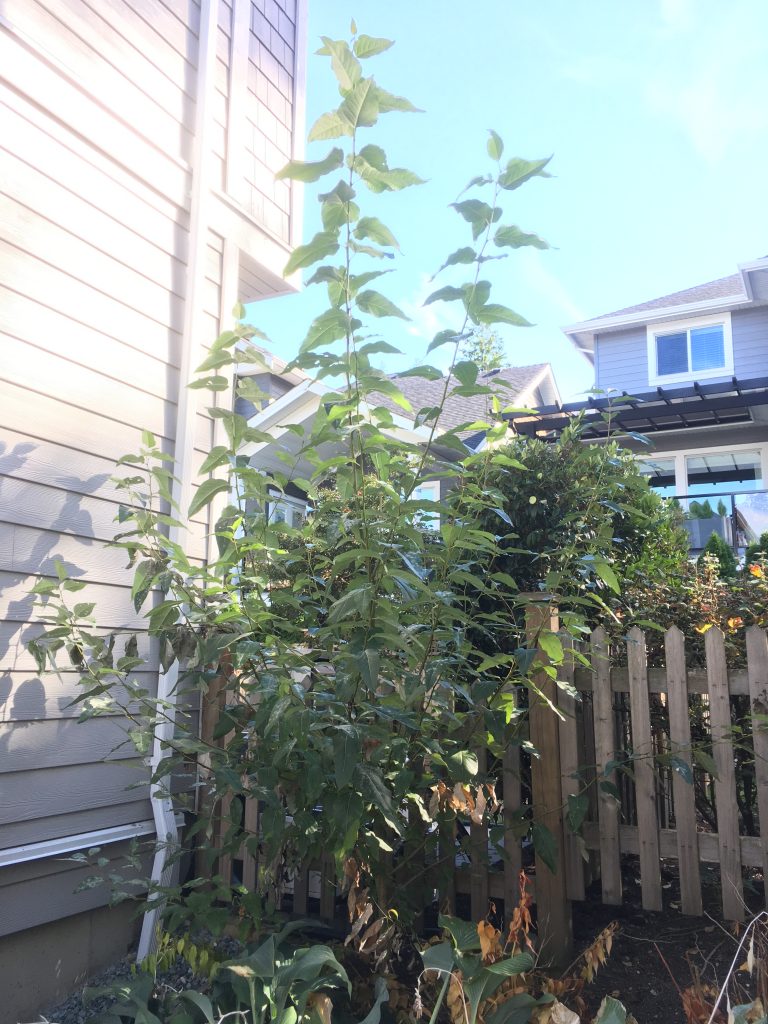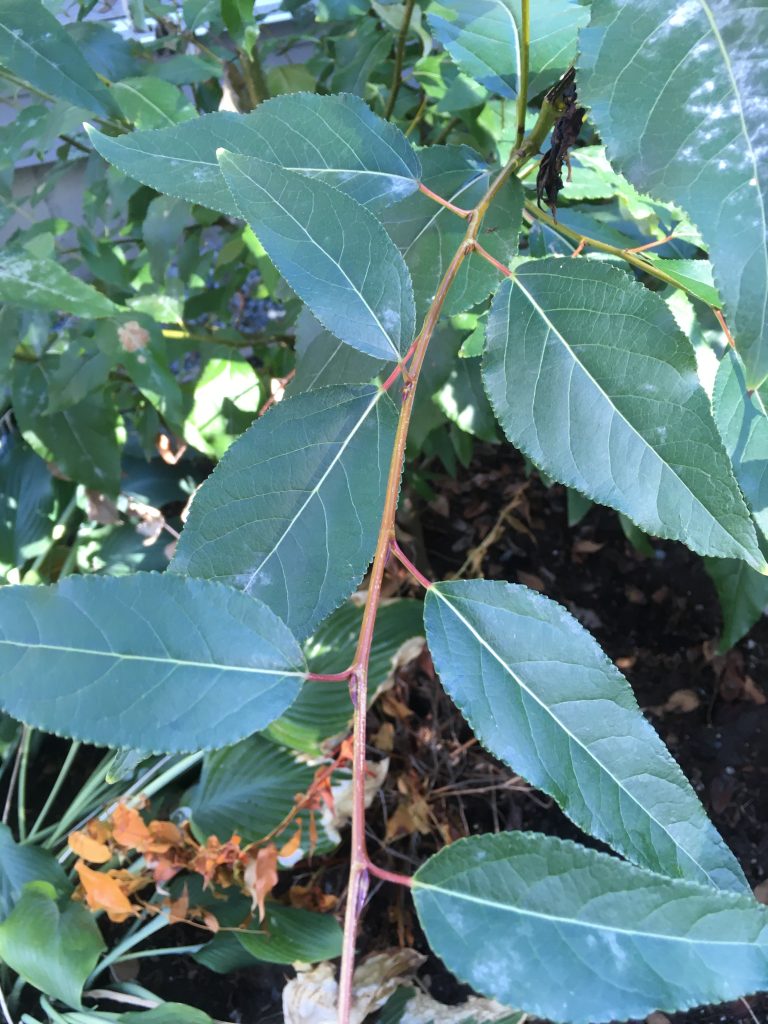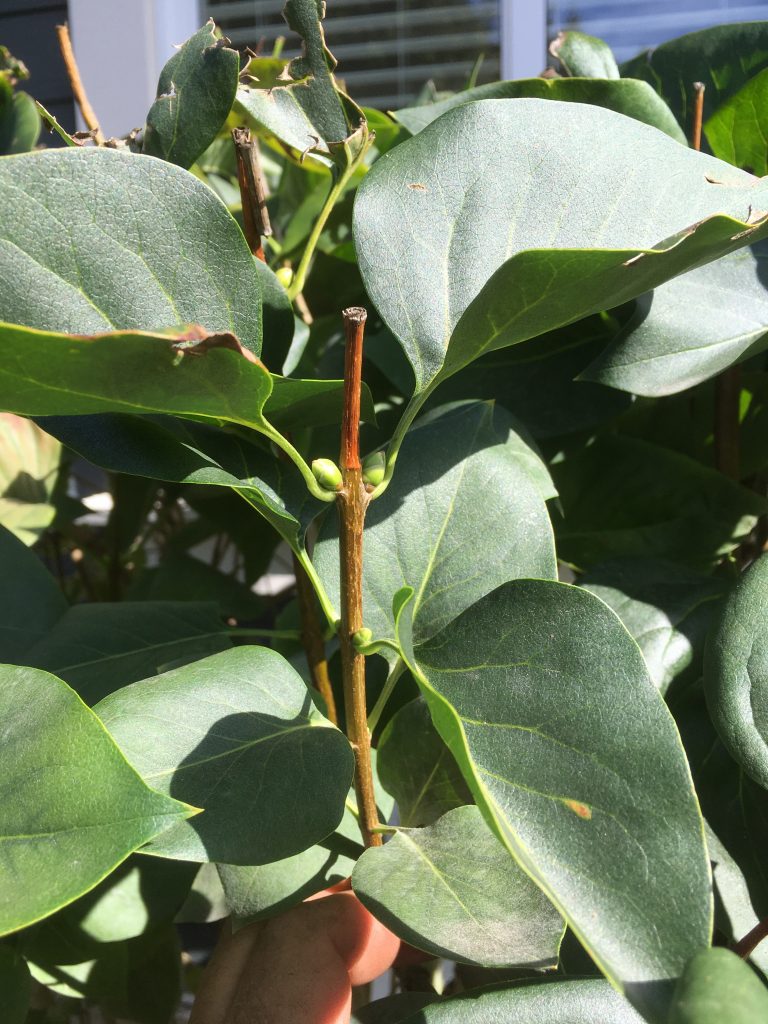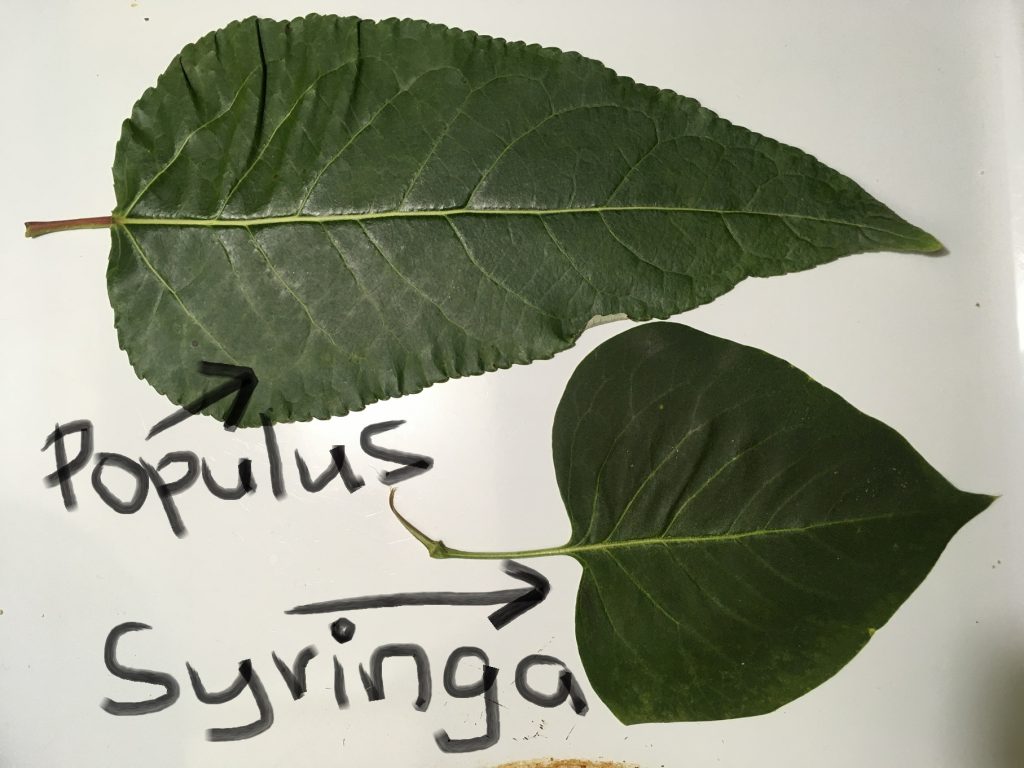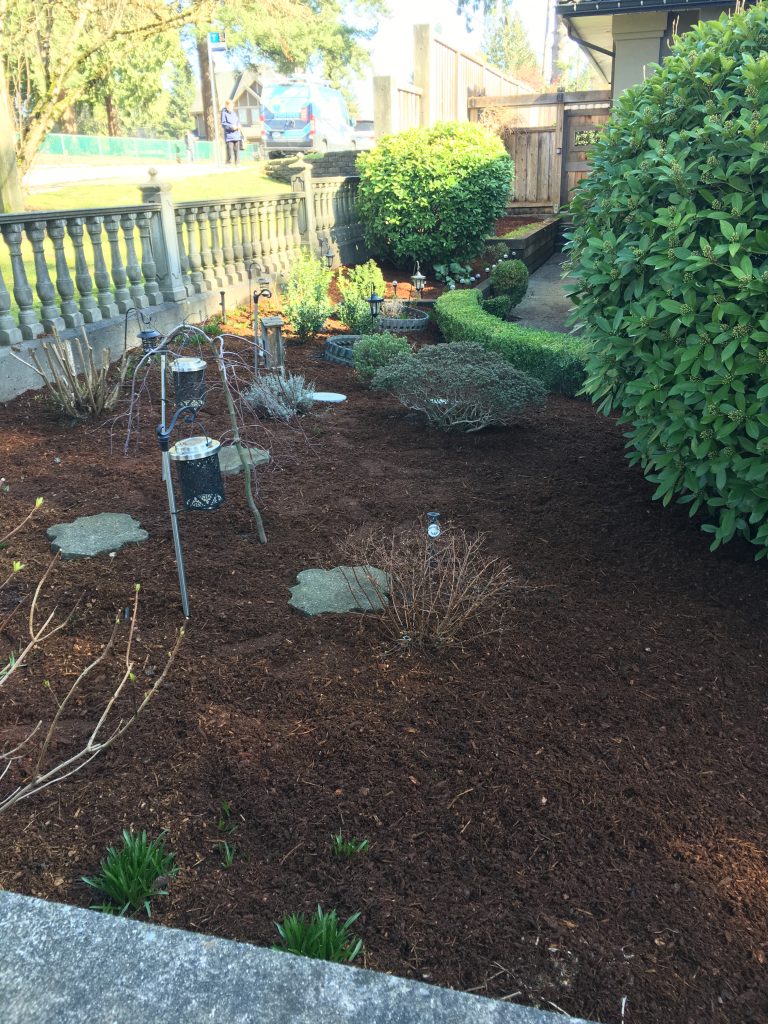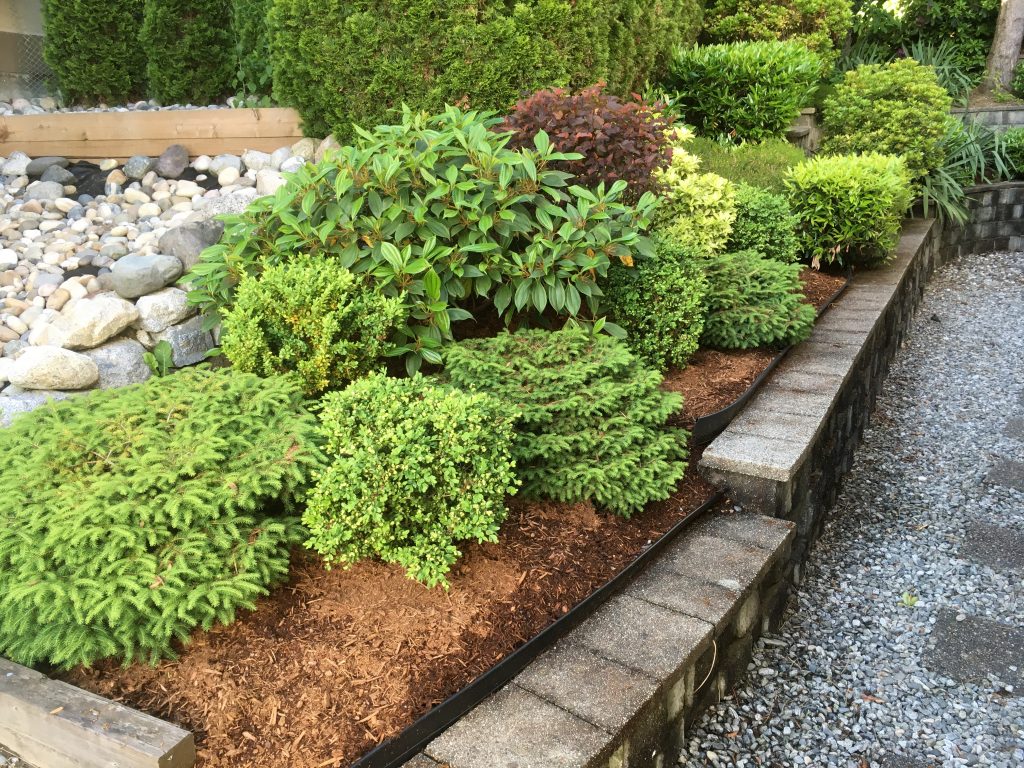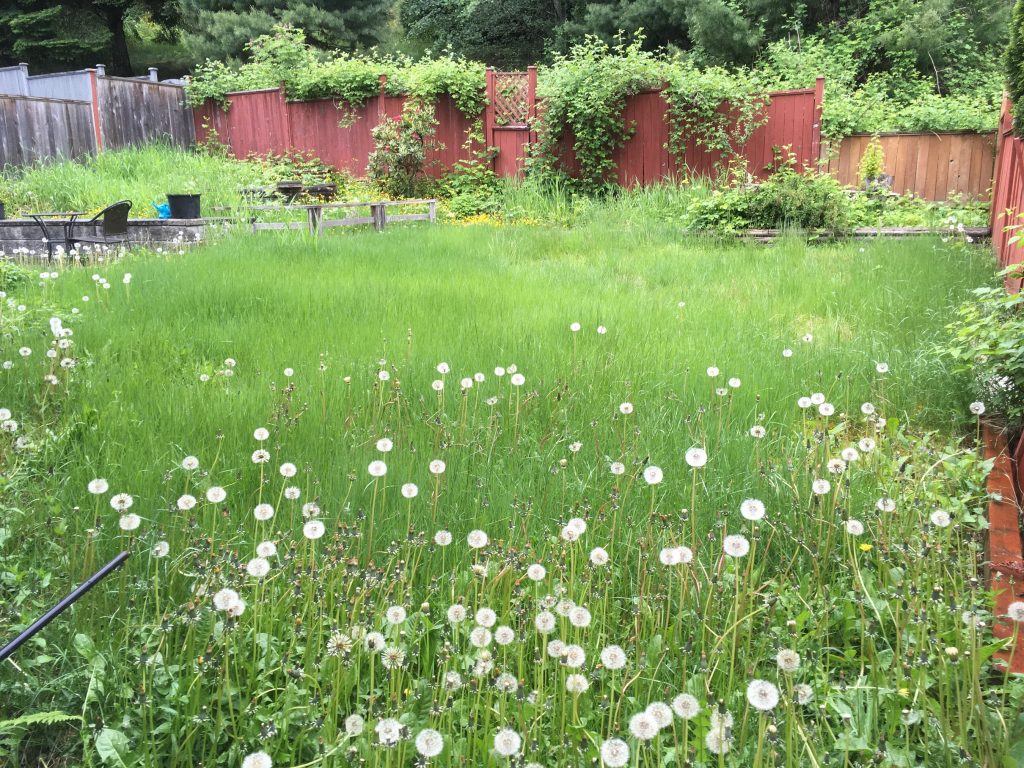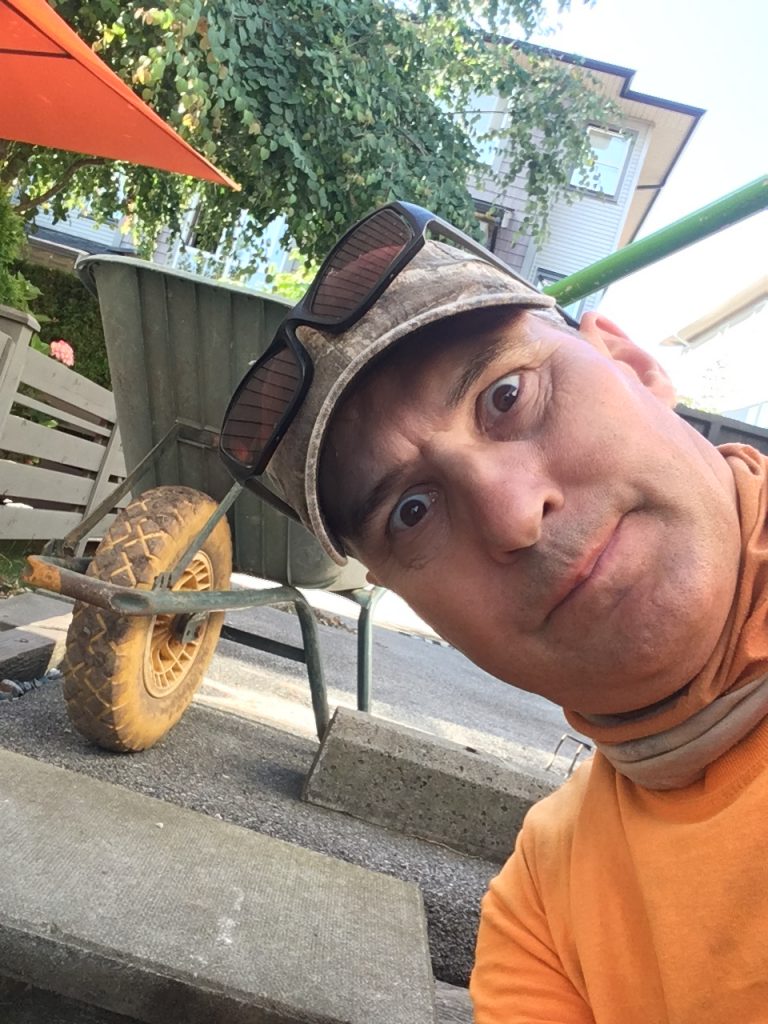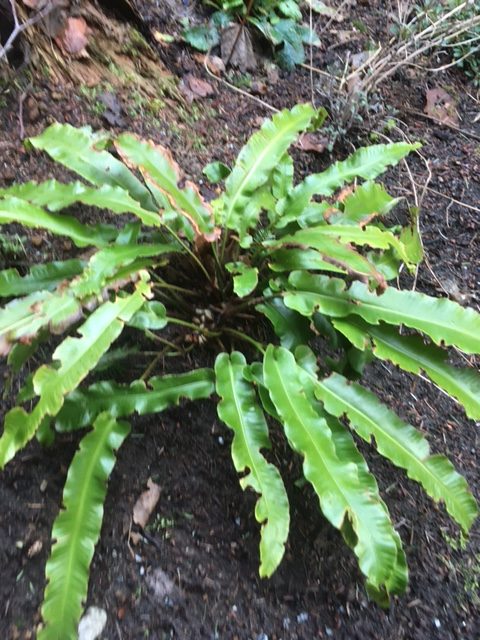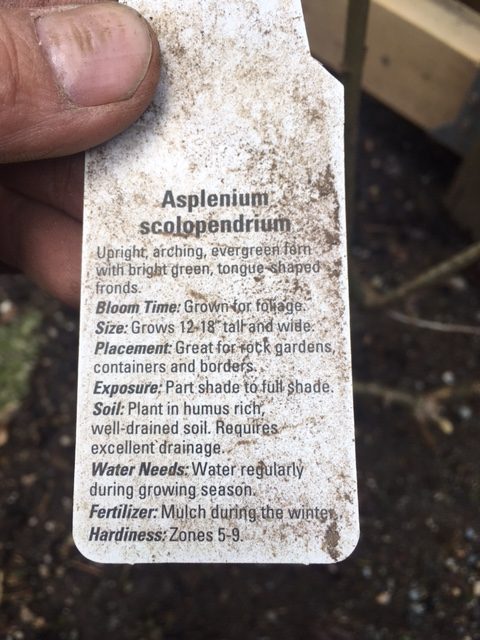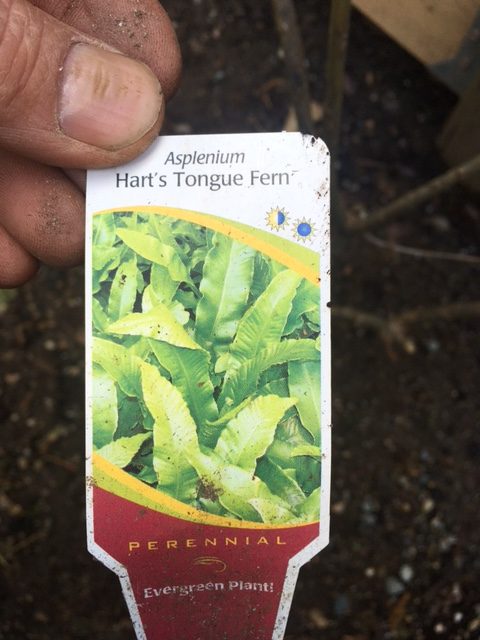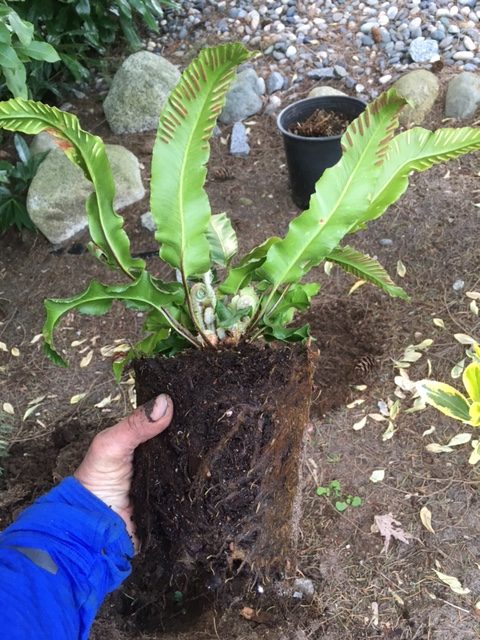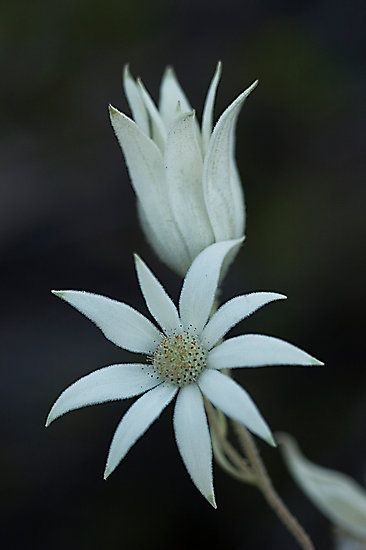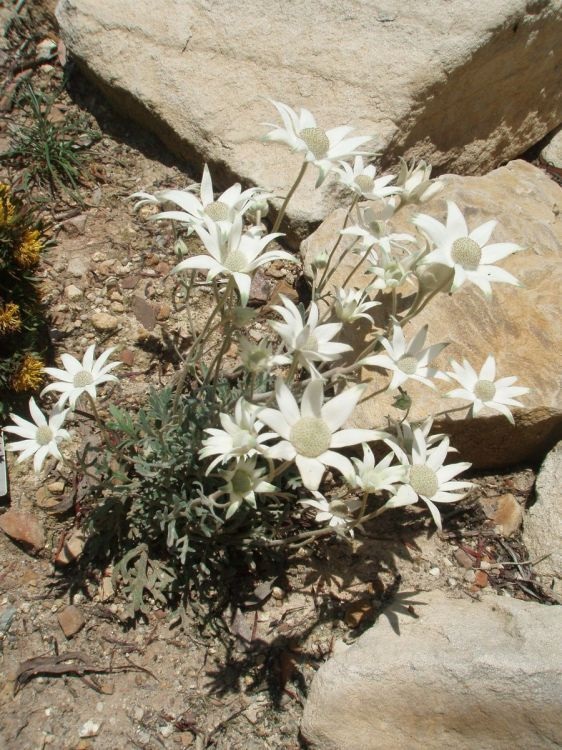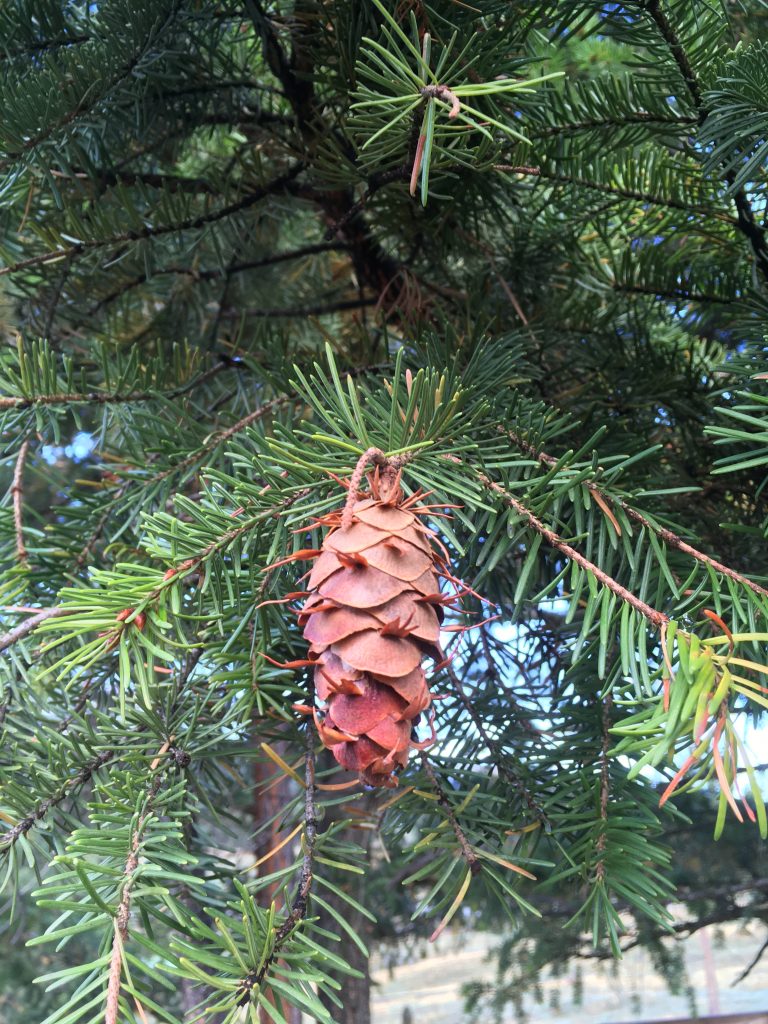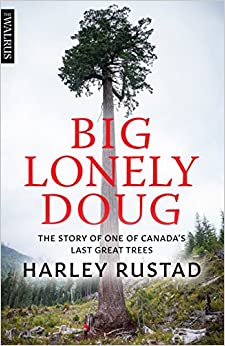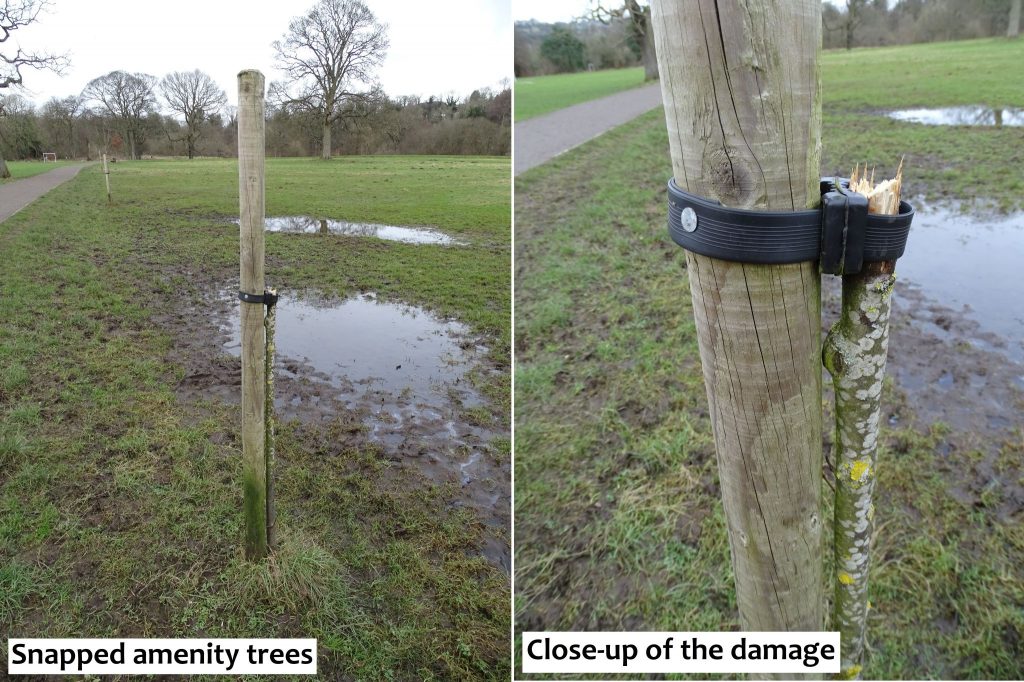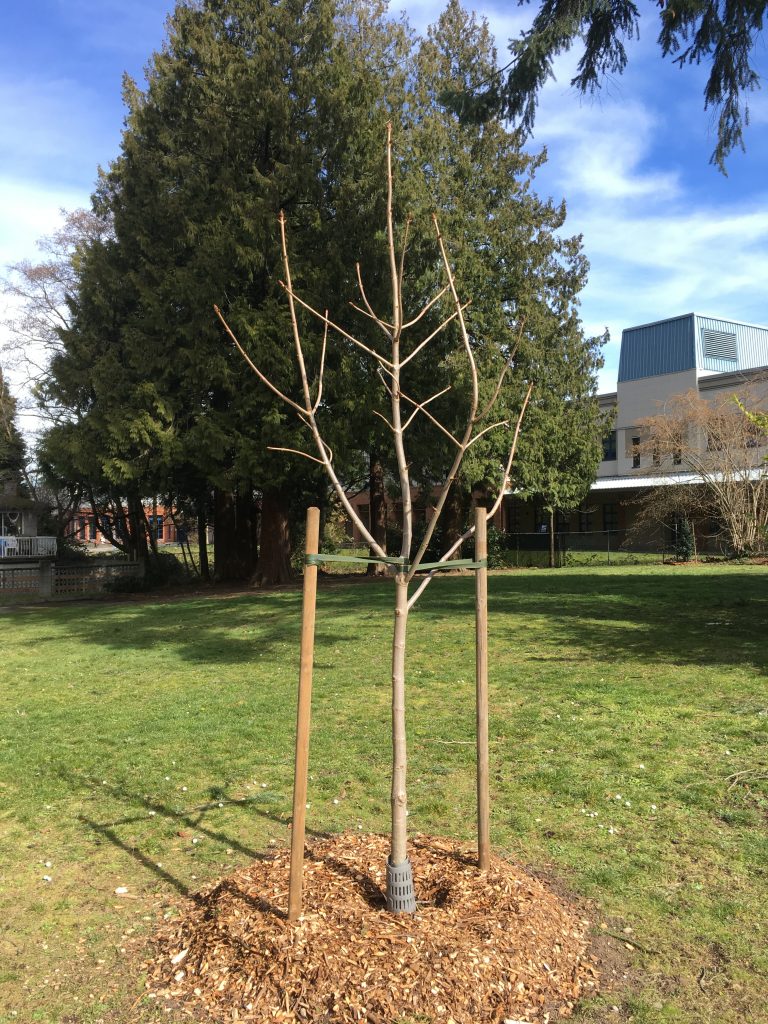8 years ago
It’s always nice to visit old project sites and see how the plants are doing. One such site is at Blue Mountain Park in Coquitlam and when I drove by recently, I pulled over and snapped some pictures. And those pictures took me back eight years.
Back then, I was close to finishing my season as a temporary full-time parks worker with the City of Coquitlam. Our task was to create a brand-new bed for Remembrance Day, which was fast approaching.
City gardener Tracey Mallinson did the initial design, and I did a lot of the labor while she watched me as a hawk. We knew that city managers would bring the mayor over for a visit. Everything had to go smoothly.
Steps
The first step was to measure out the bed dimensions and spray paint the border. Then came the heavy labor part: removing the grass chunks and amending the new bed with fresh soil.
Then we brought in plants and quickly installed them. This is what it looked like.
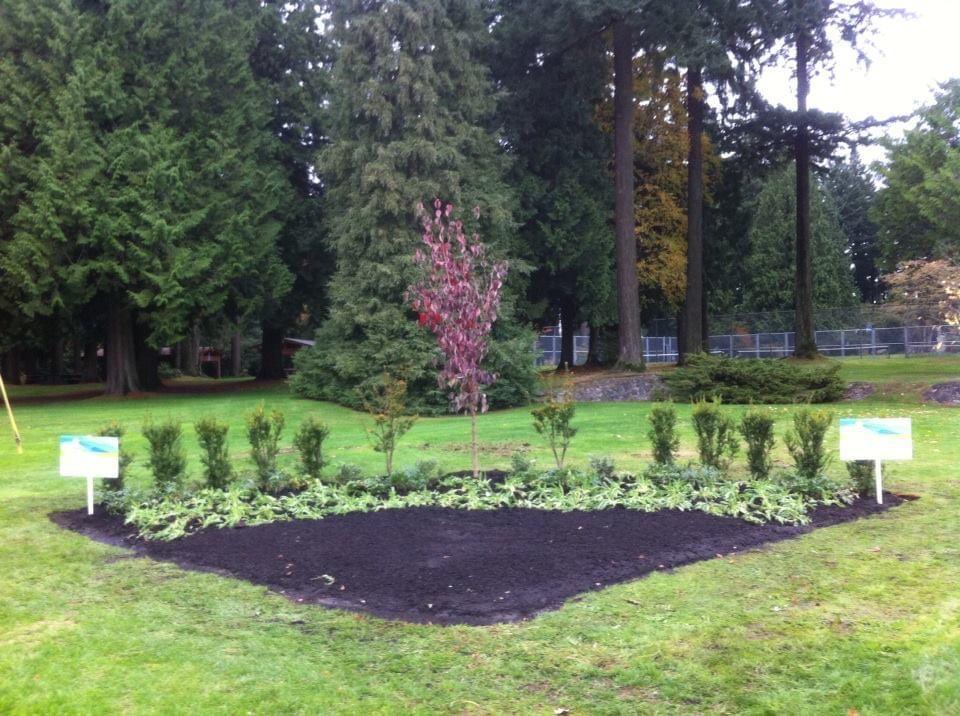
Fast forward to 2022
Now let’s fast forward to 2022 and see what we have.
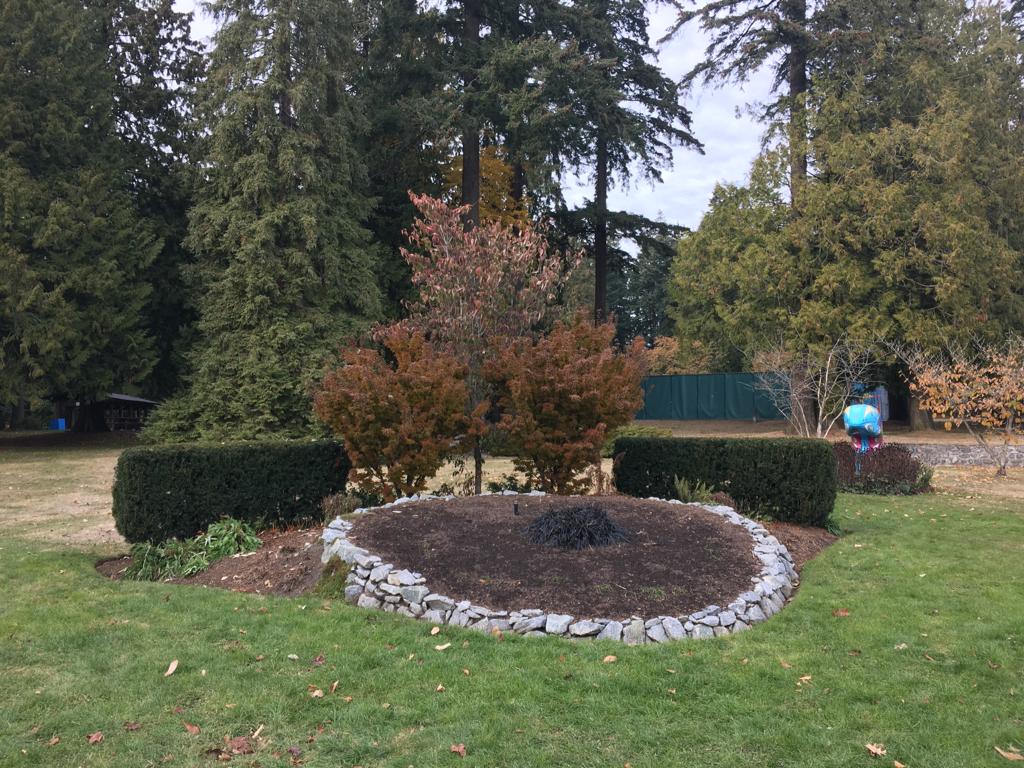
Not bad at all! After Tracey Mallinson and I moved on, the raised “poppy” bed was added to make it more visible from the road. It’s planted with red flowers every year to make it look like a poppy.
What I really like is how the yews (Taxus) grew to form a solid hedge. The dogwood tree (Cornus) in the middle is also very special because we planted it bare root. It was my first time planting a tree bare root and I paid attention. It was a lot of fun.
Why bare root?
Bare root planting allows you to see the roots and make some editing cuts, if necessary. We kept the original root ball soil and mixed it with water before backfilling the planting hole. This way the “mud” solidifies and cements the tree in the planting hole.
Years later I would use the lessons I learned here to plant my very first bare root tree solo. You can read about it here. And I’m happy to report that the tree is doing well.
Conclusion
Not every visit to an old planting project site is a happy one. We’ll cover that in up-coming blog posts. But this Blue Mountain project went well. We created a nice new bed for Remembrance Day celebrations, and I took away several important lessons.


